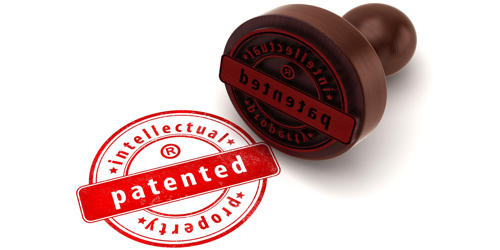A patent is the granting of a property right by a sovereign authority to an inventor. It is an exclusive right or privilege given to an investor for making, using, or selling an invention and preventing others from copying it. It is a government authority or license conferring a right or title for a set period, especially the sole right to exclude others from making, using, or selling an invention. This related law protects inventions (utility) and ornamental designs for articles of manufacture (design).
A patent is an exclusive right granted for an invention, which is a product or a process that provides, in general, a new way of doing something, or offers a new technical solution to a problem. This grant provides the inventor exclusive rights to the patented process, design, or invention for a designated period in exchange for a comprehensive disclosure of the invention. A patent is an exclusive right that provides you the right to prohibit others from utilizing your invention commercially. To get a patent, technical information about the invention must be disclosed to the public in a patent application. Commercial utilization means for example manufacturing, selling, using, or importing a product.
Patents are not just abstract concepts; they play an invaluable, practical role in everyday life. These provide an incentive for companies or individuals to continue developing innovative products or services without the fear of infringement. By rewarding ideas, patents encourage the development of innovations and new technologies in every field. It protect intellectual property in the same way as fences, locks, and insurances protect your material property. You can sell your patent or license someone to commercially utilize the patented invention.
There are three different kinds of patents:
- Utility Patents: The most common type of patent, these are granted to new machines, chemicals, and processes.
- Design Patents: Granted to protect the unique appearance or design of manufactured objects, such as the surface ornamentation or overall design of the object.
- Plant Patents: Granted for the invention and asexual reproduction of new and distinct plant varieties, including hybrids.
















